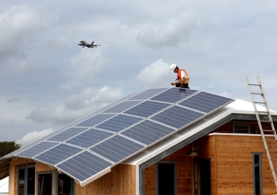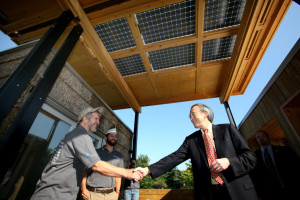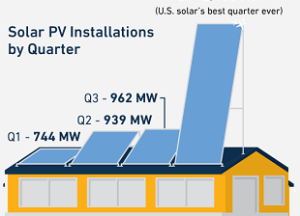 by Brian Hicks
by Brian Hicks
Charleston 3/30/14 — John Bennett decided to skip Charleston’s psychotic winter this year and spend a few months in Florida.
But even in the Sunshine State he got a cold chill from the Lowcountry.
A few weeks ago Bennett’s Florida power bill came in about the same time as his forwarded bill from SCE&G. The comparison couldn’t have shocked him more if he’d had his finger in a light socket.
Even though he had used four times as much power in Florida as in his Charleston home, the bills were just $5 apart.
“I don’t understand how they’ve been allowed to get away with this for so long,” Bennett says.
Read the whole article: Charleson Post & Courier






